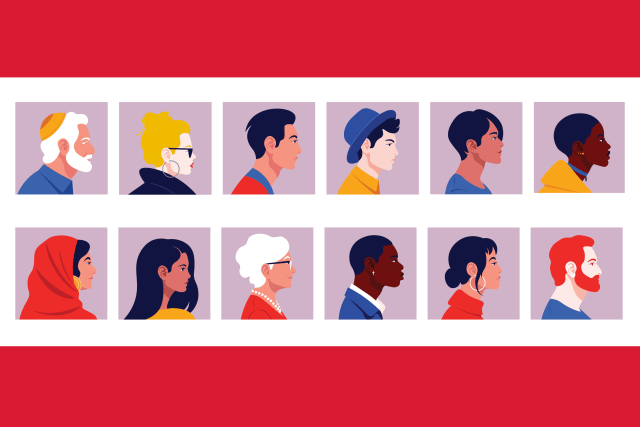
As an antiracist institution, St. John’s University has redoubled its efforts to curtail racism of every kind, most notably through the ongoing Racial Justice Conversations series.
The dramatic increases in violent incidents against Asian Americans since the start of the COVID-19 pandemic more than one year ago compelled series organizers to invite a panel on April 21 to focus on examining the history and legacy of the Asian American community. The panel also explored the effects that discrimination, violence, and crime have on the social and health implications that this group faces.
“What can we do?” asked panelist Yue Angela Zhuo, Ph.D., Director and Associate Professor, M.A. in Criminology and Justice degree program, St. John’s College of Liberal Arts and Sciences.
“First and foremost, we have to stand up and speak out. We have to stand in solidarity with other minority groups to fight against racism and hate crimes.”
“Hate crimes have a broader effect than most other kinds of crimes,” she added. “Hate crimes victimize not only the immediate target, but also their families, communities, and, at times, the entire nation.”
Asian Americans are often invisible in US society when it comes to being regarded as victims of racism. “Most of the representation of Asians in the media is that they are model minorities, which is a myth that claims they do not experience discrimination. This representation causes many people to mistakenly believe that most Asians have achieved economic parity with Whites and therefore don’t really count as minorities at all,” said panelist Elda Tsou, Ph.D., Associate Professor, Department of English.
She explained that many Asians, including those from Southeast Asia, who arrived in America as refugees following the Vietnam War, have yet to achieve economic parity with White people. “Instead, they are one of the highest poverty groups in the US, much higher than Whites,” Dr. Tsou said.
Additionally, discrimination and racism toward Asian Americans have historically been institutionalized in the US, according to fellow panelist Susie J. Pak, Ph.D., Associate Professor, Department of History. “It is very clear that the idea of the Asian as a perpetual foreigner, as excluded from and separate from America, was created through laws, policies, various institutions, through violence against them, and that it has occurred throughout history,” she said.
Dr. Pak referred to various examples of institutionalized racism affecting the freedom of Asian Americans, including the 1882 Chinese Exclusion Act, which banned Chinese Americans from becoming naturalized US citizens, and the executive order enacted during World War II to intern 120,000 Japanese Americans.
Such actions contributed to the rise of the Asian American movement in the mid-20th century. The term Asian American was invented during the 1960s by student activists as a conscious effort to push back against the entire racist legacy of those of Asian descent “being framed as an alien, as an Oriental, but also in some sense to claim their American-ness,” Dr. Tsou said.
But the Asian-American movement was not operating in isolation, she noted. “It was working together with the civil rights, Black student, Mexican American, and Filipino student movements.”
“What they share in common is this desire to represent themselves, rather than be represented,” said Dr. Tsou. “They also shared a history of struggle against White supremacy and US imperialism. Those two things are the resounding anchors that tie all of these racial minorities together.”
According to Dr. Zhuo, “It is essential to join together to publicly oppose hate crimes, not only to show support and get help for the victims, but also to send a clear message that as a community, we will not tolerate this kind of crime. Reporting hate crimes allows communities and law enforcement to fully understand the scope of the problem and to put resources toward preventing and addressing it.”
